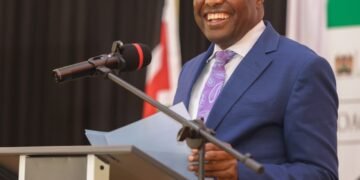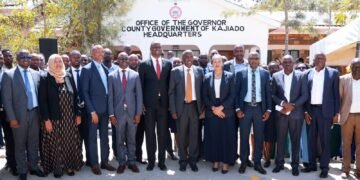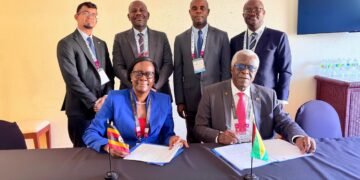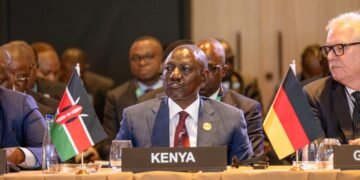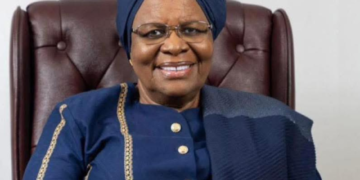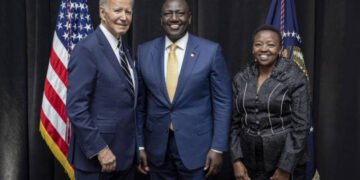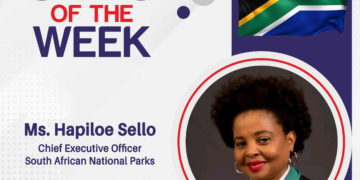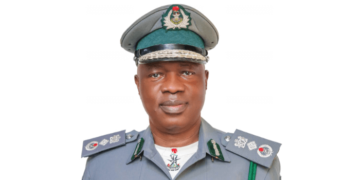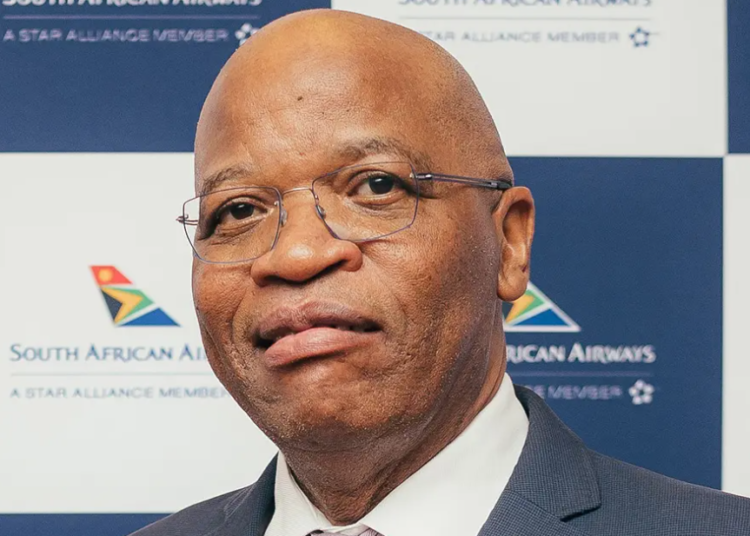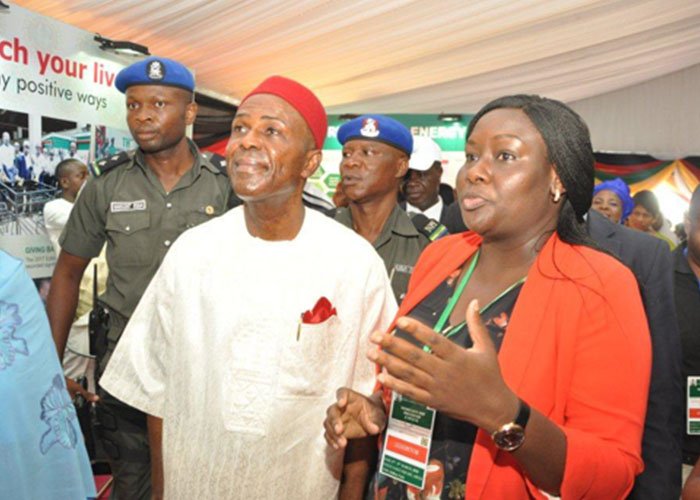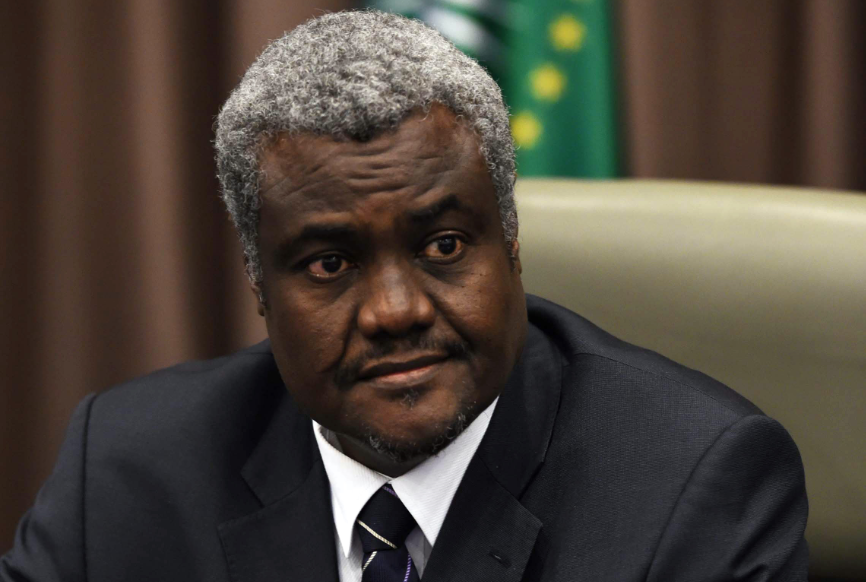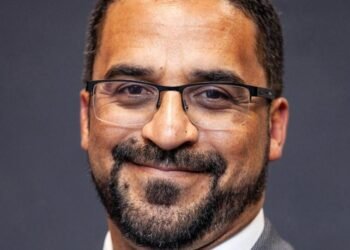South African Airways (SAA) is set to expand its fleet and global presence by deepening partnerships with strategic and international airlines, according to Group CEO John Lamola.
Speaking at the 81st International Air Transport Association (IATA) Annual General Meeting and World Air Transport Summit in Delhi, India, Lamola highlighted the airline’s focus on overcoming global supply chain challenges, particularly in securing aircraft through leasing markets.
Lamola emphasized that partnerships are critical to SAA’s strategy, given the difficulties in sourcing suitable aircraft. “We are battling to find the right aircraft from the leasing market,” he said. “This has spurred us to elevate the importance of partnerships to amplify our global reach, expand our route network, and enhance our technical expertise in aircraft acquisition.”
The airline, which returned to profitability in the 2022/23 financial year for the first time since 2012, has grown its fleet from six to 20 aircraft since exiting business rescue in 2021. SAA aims to scale this to approximately 50 aircraft by 2030. The carrier currently operates 17 destinations, including two long-haul routes to São Paulo, Brazil, and Perth, Australia, with plans to explore new routes to cities such as Guangzhou, Mumbai, Melbourne, London, Frankfurt, Washington, DC, and New York City.
Within Africa, SAA intends to strengthen connectivity to key hubs like Harare, Lusaka, Lagos, and Accra, while exploring further opportunities across East, West, and Southern Africa.
ALSO READ: GHANA: GOLDBOD HAS CONTRIBUTED IMMENSELY TO RECENT CURRENCY STABILITY – ATO FORSON
Lamola outlined four pillars underpinning SAA’s growth strategy: scaling regional and international markets, strengthening governance, capitalizing on the global air travel rebound, and leveraging investor partnerships. He also underscored the broader economic impact of the airline, citing a 2024 Oxford Economics study that found SAA contributed R9.1 billion in gross value added (GVA) to South Africa’s GDP, supporting 25,200 jobs and generating R1.5 billion in fiscal revenue. By 2029/30, the study projects SAA’s GVA contribution could reach R32.6 billion in constant 2023 prices.
Reflecting on insights from the IATA summit, Lamola noted a growing global recognition of aviation’s strategic economic value, exemplified by Indian Prime Minister Narendra Modi’s address at the event. He advocated for the South African government to play three key roles: enabling a conducive environment for the airline industry, benefiting from its economic ripple effects, and acting as a supportive shareholder. While SAA is not currently seeking direct financial support from the government, Lamola stressed the need for policies that strengthen the aviation sector to ensure the airline’s commercial success.
“SAA’s growth must be built on a sustainable base,” Lamola said, emphasizing the importance of expanding both fleet size and route networks responsibly. With a clear focus on partnerships and strategic expansion, SAA aims to solidify its position as a key player in African and global aviation.



